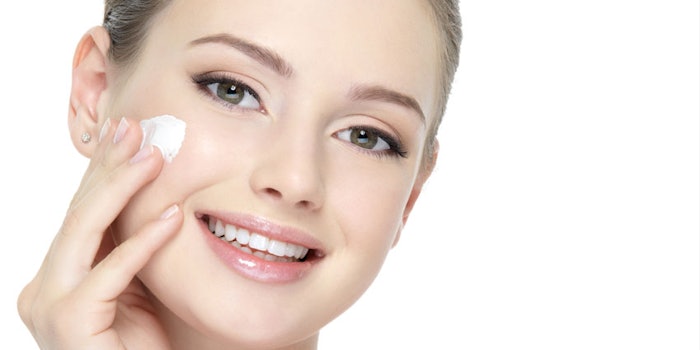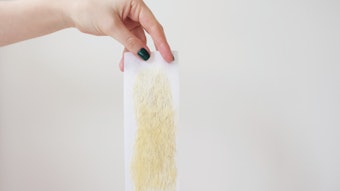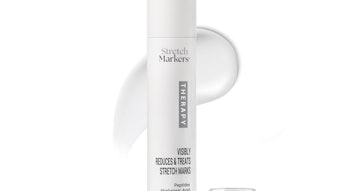
Winter and early spring—that’s when everyone’s skin is dry, cracked and flaky. Because of xerosis, fine lines and wrinkles look more noticeable. The skin is your body’s largest organ, and it represents the first line of defense against bacteria, viruses and irritants. If that skin barrier function is disrupted, even by simple dry skin, that puts individuals at risk for infection and dermatitis.
3 Strategies to Keep Skin Hydrated
There are three strategies to help your clients keep their skin well-hydrated:
- Avoid excessive exposure to irritants which can strip the skin’s superficial layers and oils
- Moisturize, moisturize, moisturize to help seal water in the skin
- Use a humidifier to keep home humidity levels between 30-50%
We all lose up to a pint of water through our skin’s surface every day. This is called transepidermal water loss (TEWL). Some factors that increase the rate of transepidermal water loss include low humidity, sunburn, excessive exfoliation, exposure to irritants such as harsh soaps, alcohols or solvents, and exposure to highly chlorinated water. Common skin diseases like atopic dermatitis, psoriasis or ichthyosis can also increase transepidermal water loss. When the skin’s moisture level is less than 10%, it is technically considered dry skin.
Understanding Moisturizing Ingredients
Moisturizing ingredients work via three different mechanisms, and many moisturizing products combine these occlusive, emollient or humectant ingredients for a better effect than any single ingredient can offer.
We all lose up to a pint of water through our skin’s surface every day.
Occlusives create a barrier over the skin’s surface to stop transepidermal water loss. Examples of occlusives include petroleum jelly, Aquaphor ointment, shea butter, mineral oil or coconut oil. These simple oils and waxes simply sit on the very surface layer of the skin, the stratum corneum, and create a barrier to prevent transepidermal water loss. Occlusives are very effective moisturizers, but users often cite stickiness and messiness as an impediment to using them.
Emollients are creams, lotions or ointments which are able to penetrate beyond the stratum corneum into the deeper layers of the skin. They can help support and bind together the proteins that help hold the skin’s cells together, filling in the gaps between the cells and holding water deeper in the skin.
Humectants work a bit differently: Instead of focusing on simply holding water in the skin, these ingredients work by drawing moisture in from the outside. Humectants penetrate the outer layer of the skin, pulling water molecules along with them. These ingredients increase the total amount of water that the skin can hold.
Humectant ingredients include hyaluronic acid, glycolic acid and urea. Special naturally occurring molecules within the skin, such as ceramides, filaggrin, and pyrrolidone carboxylic acid (PCA) form the skin’s Natural Moisturizing Factor (NMF). These powerful humectants have been incorporated into commercially available moisturizers to good effect.
Humectants can be a double-edged sword: When the humidity is low in the surrounding air (such as in the wintertime), they can draw water molecules up from the deep dermis. If this deep dermal moisture is not replenished, the skin’s stratum corneum may be superficially hydrated in the short term, but ultimately may become drier. Encourage clients to look for moisturizers that combine humectant ingredients with occlusive ingredients to solve this problem.
If this deep dermal moisture is not replenished, the skin’s stratum corneum may be superficially hydrated in the short term, but ultimately may become drier.
Moisturizers that combine all three types of ingredients are often the most effective. But as important as the ingredient list might be, it is even more important that the moisturizer feel good on the skin! A moisturizer that is easy to apply, glides onto the skin and penetrates swiftly is one that is going to be easier to use every day. And consistency is the real key to hydrating the skin well!










